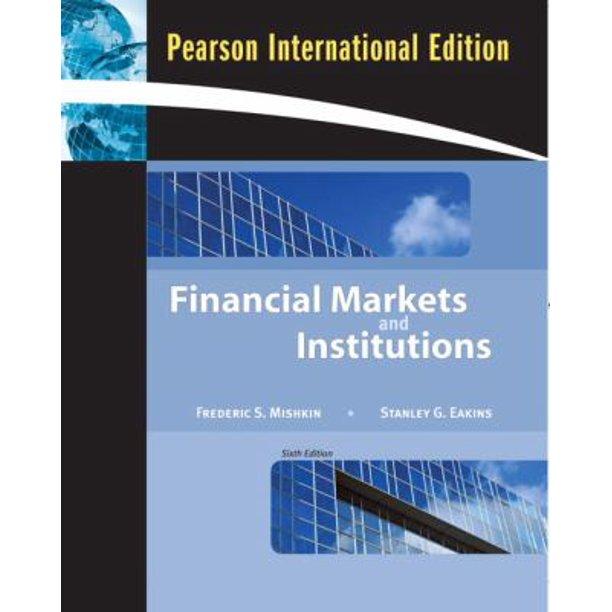Question
A pension fund manager is considering three mutual funds. The first is a stock fund, the second is a long-term government and corporate bond fund,
A pension fund manager is considering three mutual funds. The first is a stock fund, the second is a long-term government and corporate bond fund, and the third is a T-bill money market fund that yields a sure rate of 5.5%. The probability distributions of the risky funds are:
| Expected Return | Standard Deviation | |
| Stock fund (S) | 15% | 32% |
| Bond fund (B) | 9 | 23 |
The correlation between the fund returns is 0.15.

3). Please finish the following three sub-problems.
- What is the expected return and standard deviation of the optimal (tangency) risky portfolio? (Hint: The weights of the two risky assets within the optimal risky portfolio is simply given in the table above, WS= 0.6466; WB=0.3534)
- Then what is the Sharpe ratio of the optimal risky portfolio?
- Is the Sharpe ratio of the optimal risky portfolio equal to the Sharpe ratio of the best complete portfolio when you add the risky-free asset? --- just answer Yes or No.
4). (Separate from Question 3) Assume that one clients complete portfolio must yield an expected return of 12%. What will be the standard deviation of his complete portfolio that the manager will tell him about? (Hint: This is a question for complete portfolio. You should find the weights of the risky portfolio and risk-free asset within this particular complete portfolio first by using the condition given that the expected return of complete portfolio is 12%. Then you can get the standard deviation of the complete portfolio based on the standard deviation of the risky portfolio.
5). (Separate from Questions 3 and 4) Assume that one client would like to use only the two risky assets (stock and bond stated above) in his portfolio and require an expected return of 12%, what will be the standard deviation of his risky portfolio that the manager will tell him about? (Hint: You should find weights of the two risky assets within the risky portfolio by using the condition given that the expected return of this risky portfolio is 12%; no risk-free assets are involved here, so it is NOT a question about complete portfolio anymore but a question about risky portfolio.)
D E F H 2 % in stocks% in bonds Exp. Return 0.00 1.00 0.09 4 0.20 0.80 0.10 5 0.3142 0.6858 0.1089 6 0.40 0.60 0.11 7 0.60 0.40 0.13 8 0.6466 0.3534 0.1288 9 0.80 0.20 0.14 10 1.00 0.00 0.15 Std dev. Sharpe Ratio 0.23 0.15 0.20 0.23 0.1994 0.2701 Minimum Variance Portfolio 0.20 0.29 0.23 0.32 0.23 0.3162 Tangency (Optimal) Portfolio 0.27 0.31 0.32 0.30 D E F H 2 % in stocks% in bonds Exp. Return 0.00 1.00 0.09 4 0.20 0.80 0.10 5 0.3142 0.6858 0.1089 6 0.40 0.60 0.11 7 0.60 0.40 0.13 8 0.6466 0.3534 0.1288 9 0.80 0.20 0.14 10 1.00 0.00 0.15 Std dev. Sharpe Ratio 0.23 0.15 0.20 0.23 0.1994 0.2701 Minimum Variance Portfolio 0.20 0.29 0.23 0.32 0.23 0.3162 Tangency (Optimal) Portfolio 0.27 0.31 0.32 0.30Step by Step Solution
There are 3 Steps involved in it
Step: 1

Get Instant Access to Expert-Tailored Solutions
See step-by-step solutions with expert insights and AI powered tools for academic success
Step: 2

Step: 3

Ace Your Homework with AI
Get the answers you need in no time with our AI-driven, step-by-step assistance
Get Started


